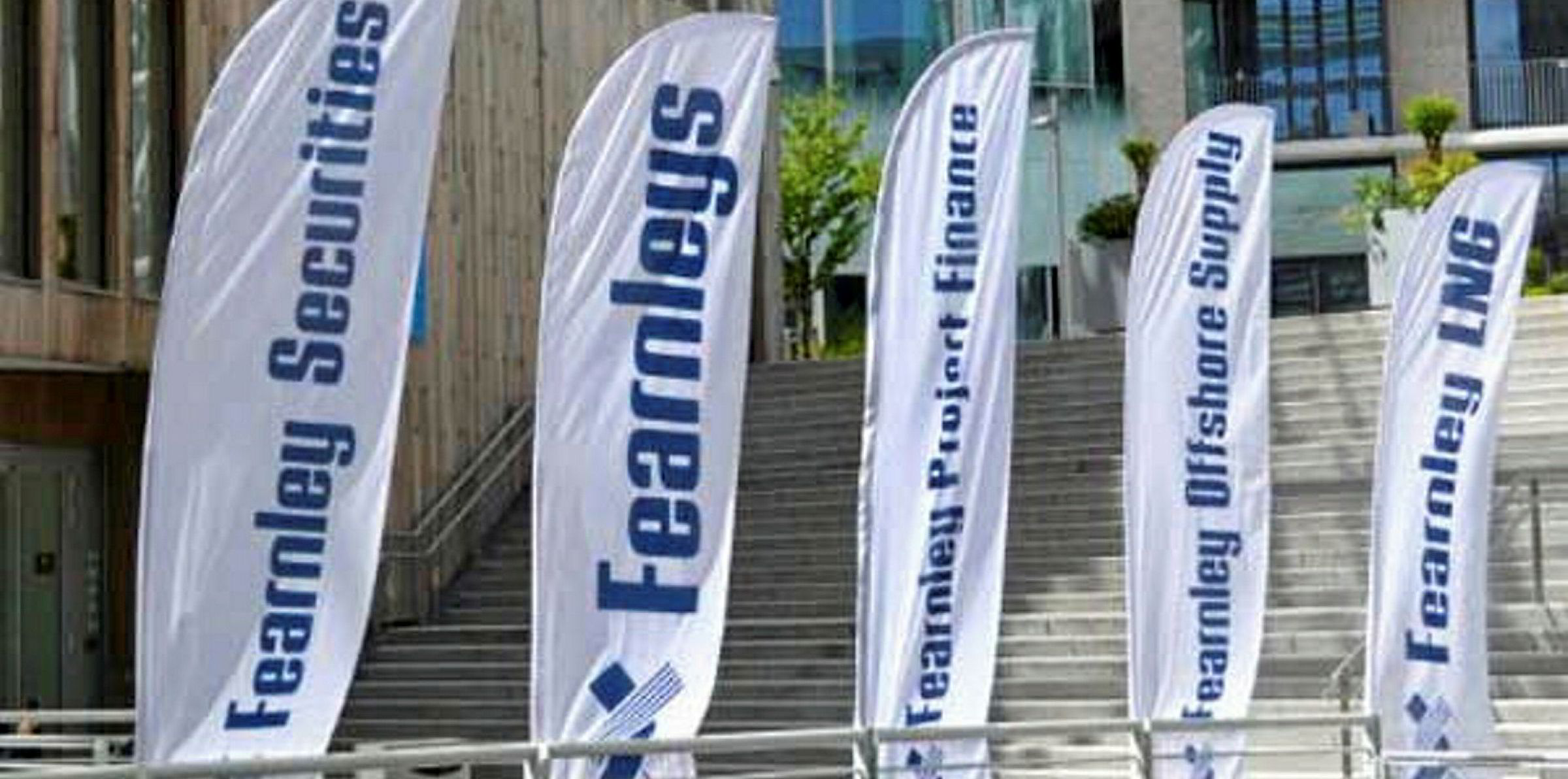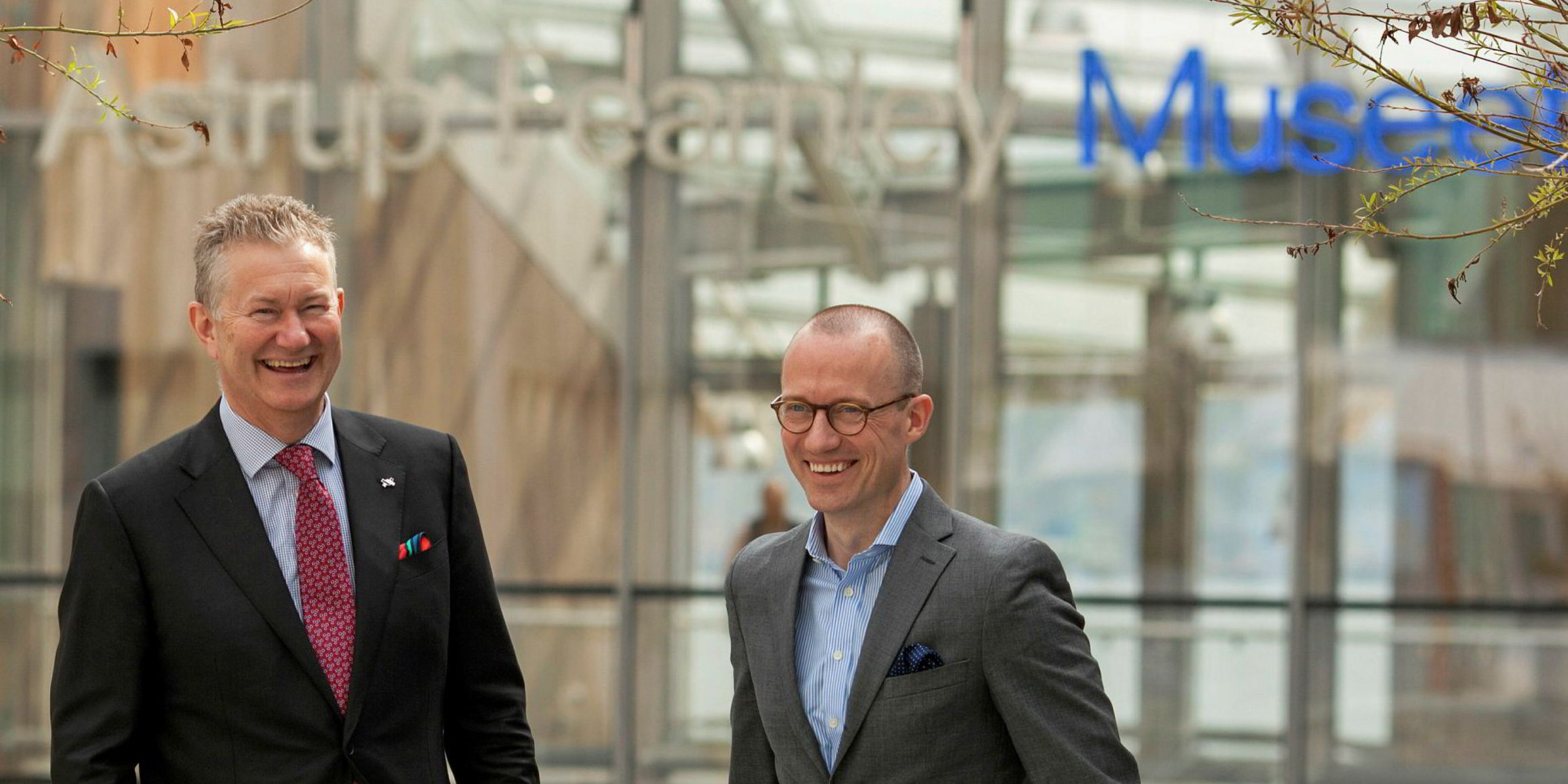Fearnley Project Finance’s claim of achieving average annual return of 16% in its shipping and offshore projects over the past two decades has triggered doubts as well as praises in an industry long plagued by weak yields.
Part of the Astrup Fearnley Group, the Norway-based project broker’s business model is to help shipowners find private investors in equity, sale-and-leaseback and structured debt deals.
“Why on earth they invest in maritime assets? They seek returns,” Fearnley Project Finance’s shipping and offshore partner Eilert Lund told the Mare Forum Oslo.
“We have measured our return…for the last 20 years, it has been average on-year 16%.”
The figure has caught some in the audience by surprise, as underperforming freight markets have been pressuring the general return on shipping investment since the financial crisis in 2008.
Investors in the public markets have often suffered from low-single-digit or negative returns, while those in private equity often fail to secure the double-digit returns they hope for.
Alternative financiers, such as distressed debt players, fare better in some cases where shipping companies are bailed out by national governments.
One from the audience asked: “Why do you make 16%? If you look at stock markets, I don’t think any investor makes 16%. What makes the difference?”
A second questioned whether the brokerage could have arranged the projects with such high returns, with the generally weak charter rates for bulkers and containerships in recent years.
To these, Lund responded: “You need invest at the smart time and buy the right assets.”
“One day you buy Chinese-built bulk carriers, [the] next day you buy Japanese-built…You are following the prices.”
“Timing is very essential. We were the only company in 2008 not to buy one single vessel. All other shops in towns were raising deals; we did no single deal. We sold 18 vessels.”
A third from the audience asked: “This is [return for] all your projects, not just cherry-picking the good ones?
Lund replied: “I use the word ‘cherry-pick’ for buying assets. But this is everything, all in. Offshore, shipping, everything.”
According to a company report, while Fearnley Project Finance has achieved an average internal rate of return (IRR) of 16% since 1998, there has been strong volatility over the years.
The IRR was 108% in 2007 before collapsing to minus-61% in 2009. In recent years, the IRR was minus-13% in 2016, minus-45% in 2017 before returning to the positive territory of 18% last year.
Dagfinn Lunde, partner of consultancy DagMar Navigation, was more convinced that good performances are possible if projects are in good hands.
“If you look at the projects and you look at the timings all the time…[On] average you can get that,” Lunde said.
“Be humble”
Figures from Fearnley showed the brokerage was involved in 66 projects for 106 vessels in 1998-2018. The average investment period of those projects were five years.
According to Lund, one of the keys to a successful project is the owner need to “be humble” and willing to work with investors collaboratively.
“Investors are professional. They can contribute to your company,” Lund said.
“A good project tends to prevail over a good company [in terms of attracting investments].”
In 2018, Fearnley Project Finance established 13 new projects with a total value of $204m, of which more than half were for containerships and offshore vessels.
Based on the brokerage’s estimates, the total asset value in the Norwegian private market amounted to $1.1bn last year.
“The market is open for our investment. It’s open for good projects,” Lund said.
Click here to keep up to date with TradeWinds' coverage of Nor-Shipping 2019.




